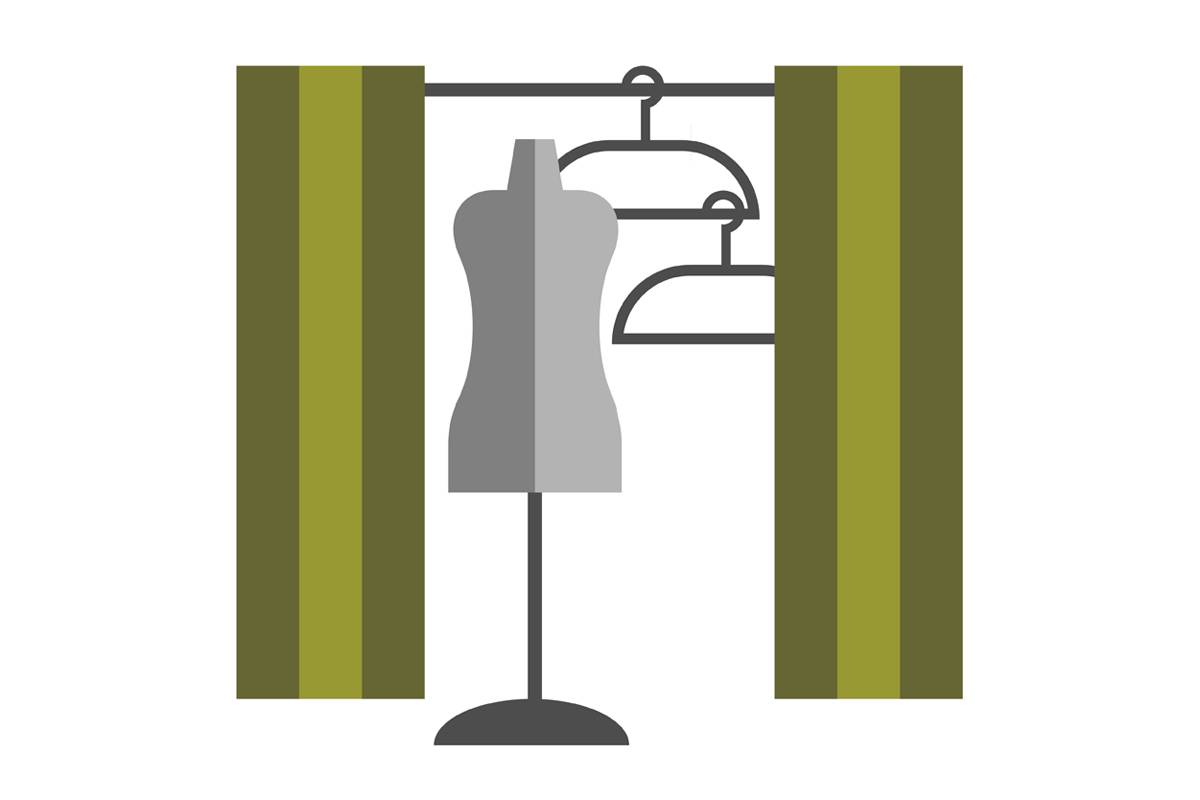The Value of Certainty
New research by Tuck professor Santiago Gallino reveals the benefits of virtual fitting rooms in online retail.

New research by Tuck professor Santiago Gallino reveals the benefits of virtual fitting rooms in online retail.
Online clothing retailers enjoy many advantages over their brick-and-mortar brethren. They have no expensive retail leases or sales staff. They save on inventory costs and, in many jurisdictions, enjoy a blanket exemption on sales taxes.
All of those advantages come with one very big tradeoff: online customers can’t physically inspect the garments on offer. More to the point, they can’t try them on. Some customers won’t take the risk on a product they’re unsure of, particularly if it’s a more expensive item. Others buy with abandon and return anything that doesn’t fit. Online retailers have been dealing with these problems since the dawn of the Internet, and their predecessors in the mail-order business have struggled with them since Sears and Roebuck published their first catalog in 1888.
One solution is virtual fitting technology, which allows online customers to better envision how a particular garment may fit them. It’s a powerful tool, in theory. But when deciding whether to adopt the technology, online retailers face a problem similar to their customers. Without trying it for themselves, how do they know an online sizing tool will be a good fit for their business?
... the technology not only increased sales, it also reduced returns."
Tuck professor Santiago Gallino provides a reassuring answer in a new paper, “The Value of Fit Information in Online Retail: Evidence from a Randomized Field Experiment.” Gallino and co-author Antonio Moreno of Northwestern’s Kellogg School of Management partnered with a major online retailer to conduct the first randomized study of a virtual fitting tool. Using real customer transactions, the researchers found the technology not only increased sales, it also reduced returns.
“The tools actually help the customer find a better fit, and that reduces returns,” Gallino says. “For apparel retailers in general, and online retailers in particular, that is a very big deal.”
Gallino says virtual fitting rooms are a frequent topic of conversation at retailing conferences and workshops, where hard-nosed retailers are often skeptical of the technology. When he presented the results of his randomized research at a recent conference, however, the reaction was enthusiastic. The difference is that the study was done with real people spending their own money.
“This was not a lab experiment where you make subjects pretend they are buying. The study was implemented at an actual retailer that was trying to learn the impact of the technology,” Gallino says.
The researchers conducted two field studies in partnership with a large Latin American clothing retailer, using a virtual fitting tool for women’s apparel developed by Metail. (Tagline: “Create any body. Try on anything. Share everything.”) Customers enter their measurements to create a “MeModel” that they can further customize with hair color and style, skin tone, and other attributes.
The virtual mannequin was a hit with customers. Compared to those who did not have access to the tool, those who used it bought more items, paid a higher average price per item, and returned more frequently to the retailer’s site. The impact was more pronounced with more expensive products and those available in more sizes.
Customers who used the tool were also less likely to resort to home try-on behavior—ordering multiple sizes of the same product and returning those that don’t fit. That, says Gallino, may have an even bigger impact on a retailer’s bottom line than increased sales.
“Naturally the mindset goes into the increasing sales, but the hidden benefit is the reduction in returns. That is at least as big as the increase in sales,” says Gallino, whose research focus is retail operations management with an emphasis on the impact of new technology.
“If you consider that many online retailers are facing returns of 40 or 50 percent, reducing those returns is a very big thing,” says Gallino, noting that many online retailers face competition that offers free returns and shipping. “These things are free for the customer, but they’re not free for the company,” he says.
